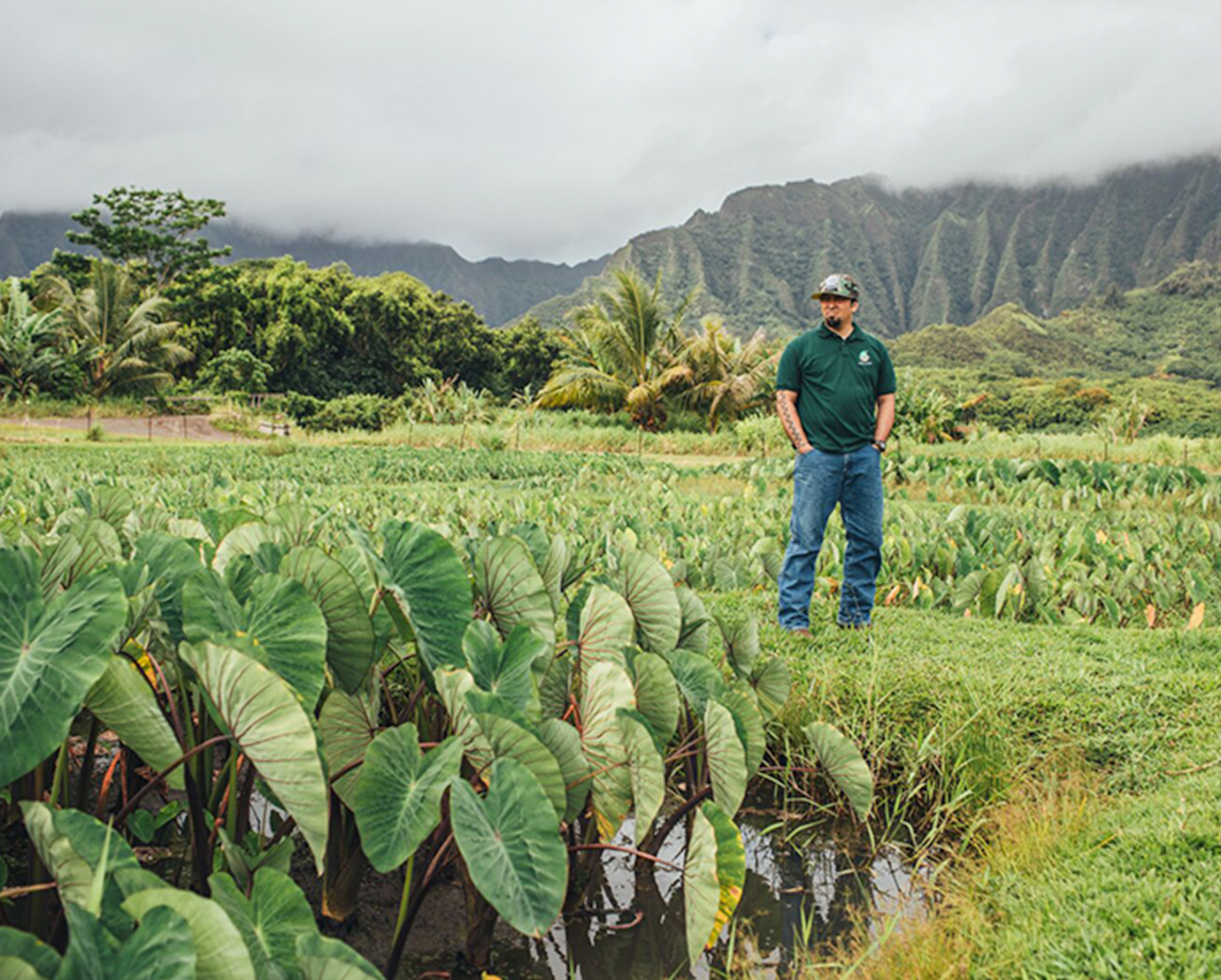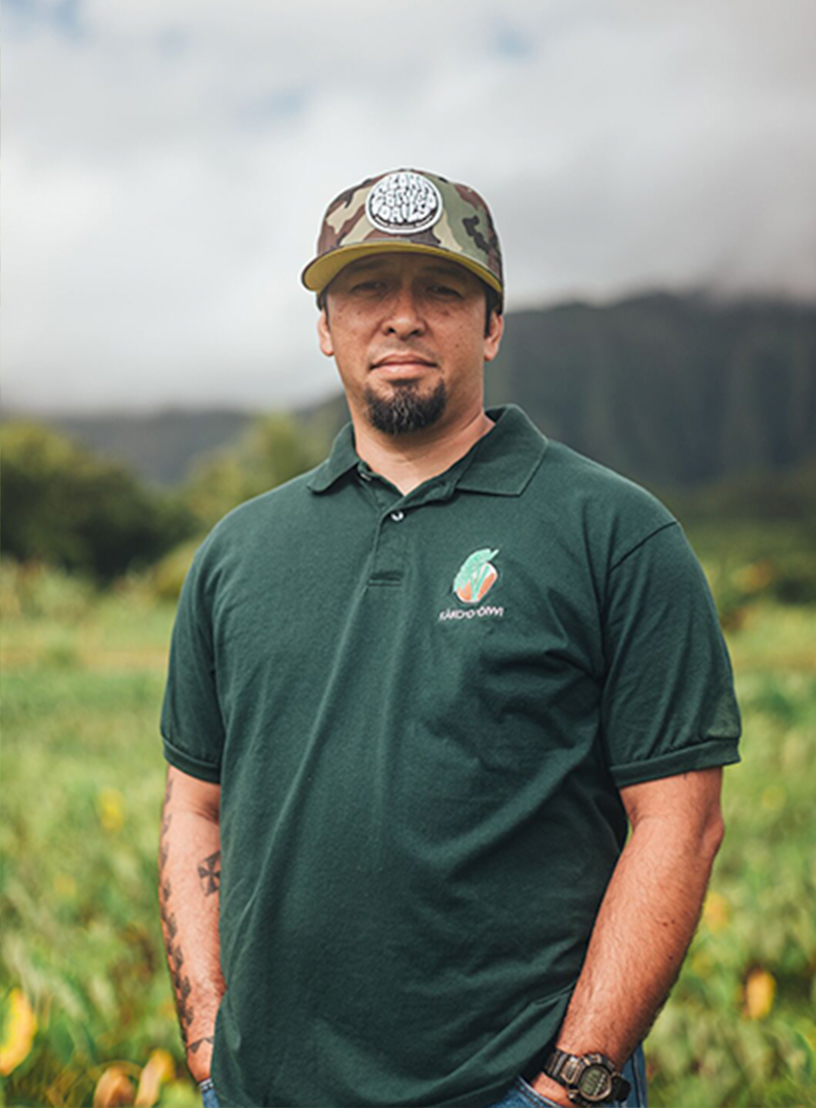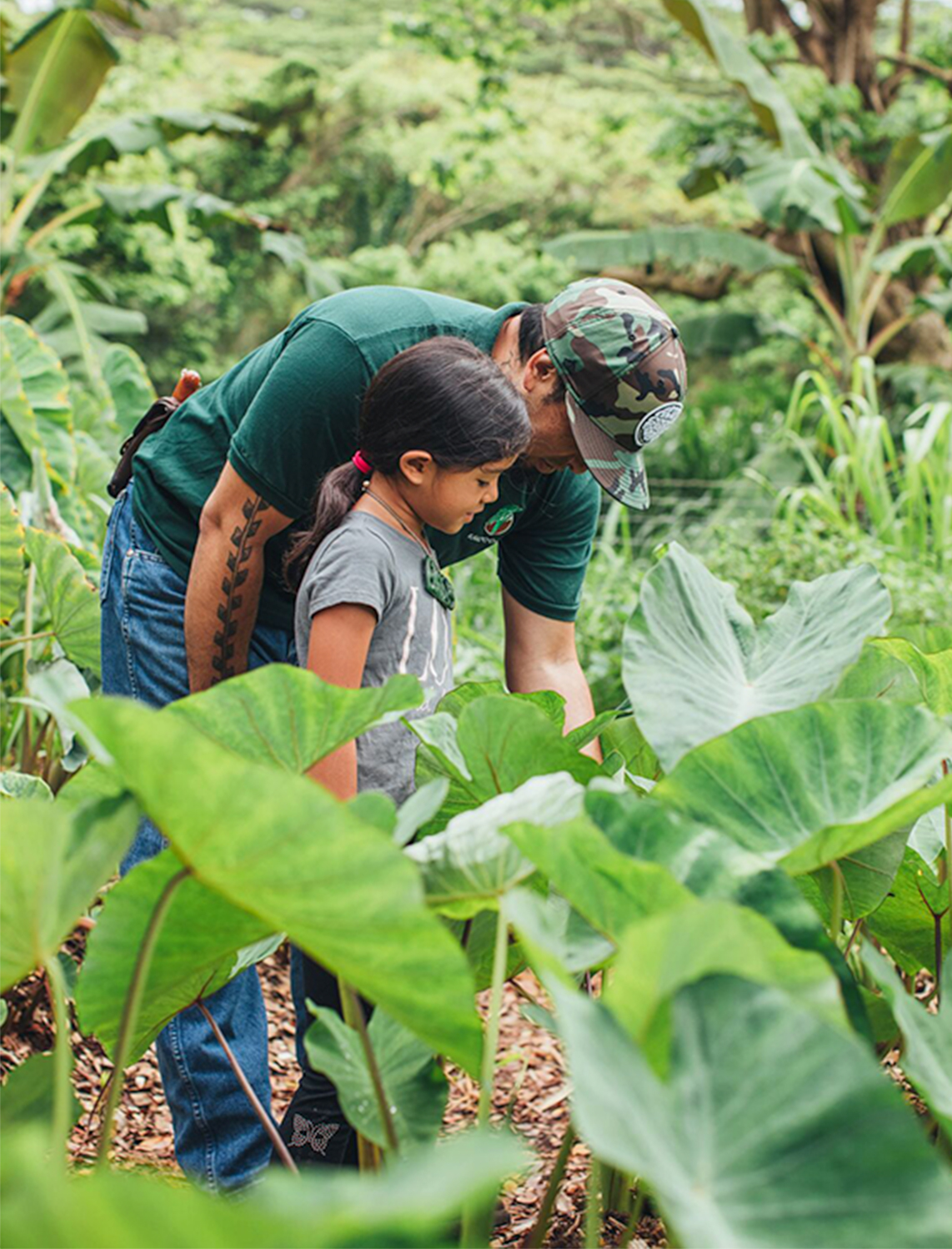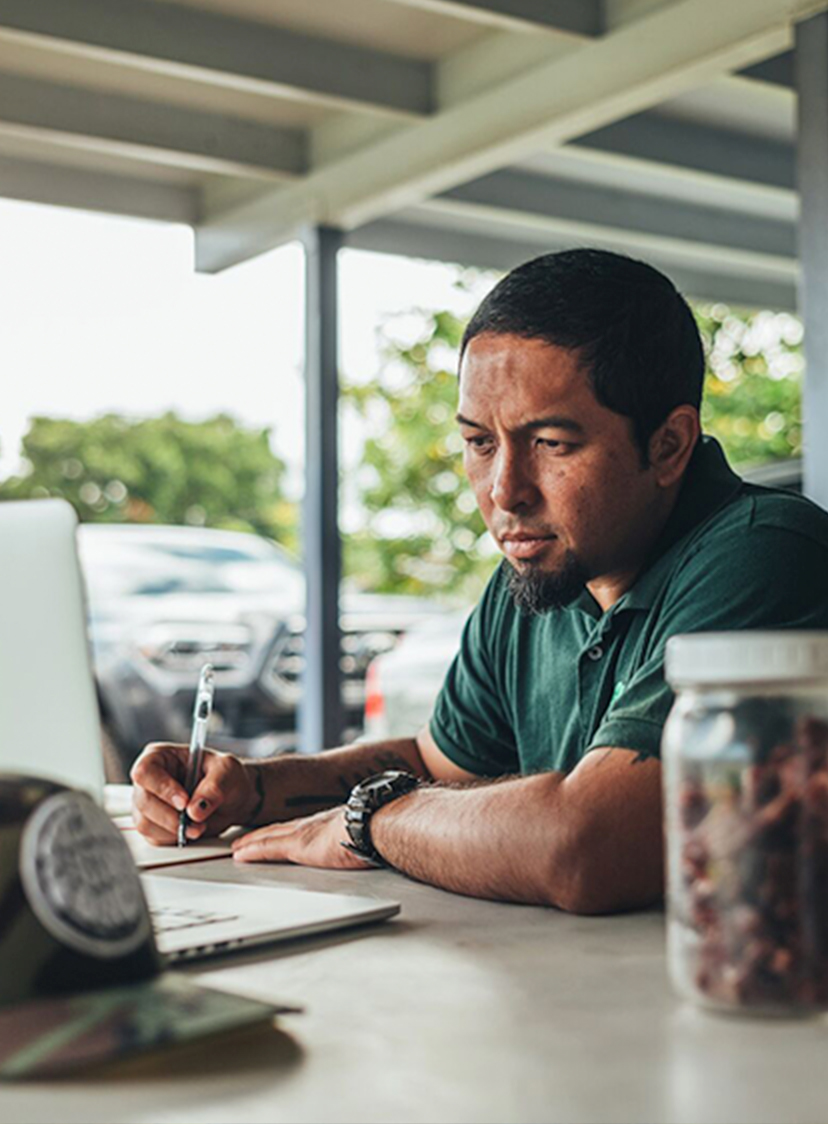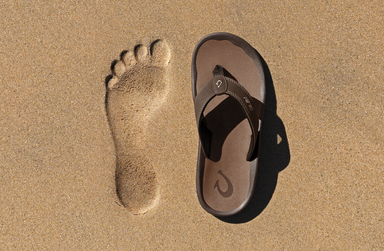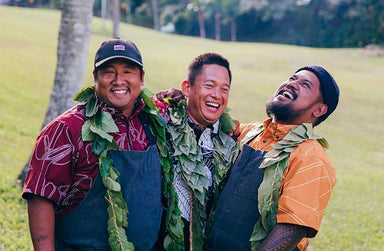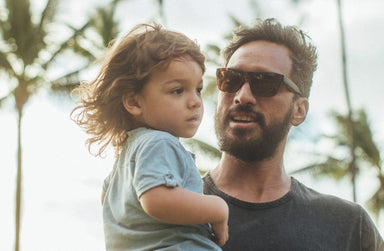Walk Stories
OluKai
Jul 09, 2020
Stories From Our 'Ohana: Meet Kamuela Yim
Feeding the Communal Soul
When you talk about the signs of a healthy community—in all senses of the word “health” from physical to emotional—it’s easy to recognize the end-results. Folks are smiling. Families are out and about, enjoying the space where they live. There’s an evident vibe of community in the air that you can practically feel. But even before we experience that kind of optimal scenario—what goes into creating that sense of wellbeing?
“When people in a community begin to start feeding each other, I think that’s a good sign of a healthy community,” says Kamuela Yim, a farmer, cultural practitioner, and co-leader of the Hawaiian Language Immersion office for Hawai’i. “A strong community is one that can help each other out. Back in the day, when guys would go hunt, afterward, they’d just show up at someone in the community’s house and just…give. Whether it was the old man down the street who’s not doing so good or an auntie that needed help, you’d bring them kalo or some fish. So, maybe, the sign of a good community is when people are helping to feed each other, sharing what they have, pooling resources. The sharing shows this. And even in my own family, our currency is food. It’s how we show love to people and how we help.”
Being that Kamuela is a Native Hawaiian farmer—and father—from Waipi‘o, O‘ahu, providing love and sustenance in the form of actual food makes sense. Kamuela knows how to grow it and he knows how to catch it. But he also knows—as his ancestors taught for thousands of years before him—that islands are fragile ecosystems. Thus, the growing, the harvesting, and the fishing, must be balanced.
“Essentially, Hawai‘i is a canoe in the middle of the ocean that has very limited resources,” explains Kamuela. “You can either run it until the wheels fall off and a new ship comes or you can be in sync with the place and know how to grow kalo or fish sustainably so that you can do the same next week.”
But just as a community cannot survive without food and water, a community’s culture cannot survive without language. And in Hawai‘i, Kamuela understands that community and culture—and their respective well-beings—go hand in hand. As co-leader of the Hawaiian Language Immersion office for Hawai’i, Kamuela believes that everyone living in Hawai‘i should have a grasp of the native language.
“The importance of Hawaiian language to the communities that inhabit Hawai‘i is that this language was built and finely tuned to speak of and understand this place, and there’s no other language that gives you an understanding and insight to this place more than Hawaiian,” he says. “Language is the key that opens the lock to anything, really. Your songs, your dance, your stories, all of that revolves around a healthy language. So, if you don’t take care of that and keep it, a culture—a people—will disappear.”
